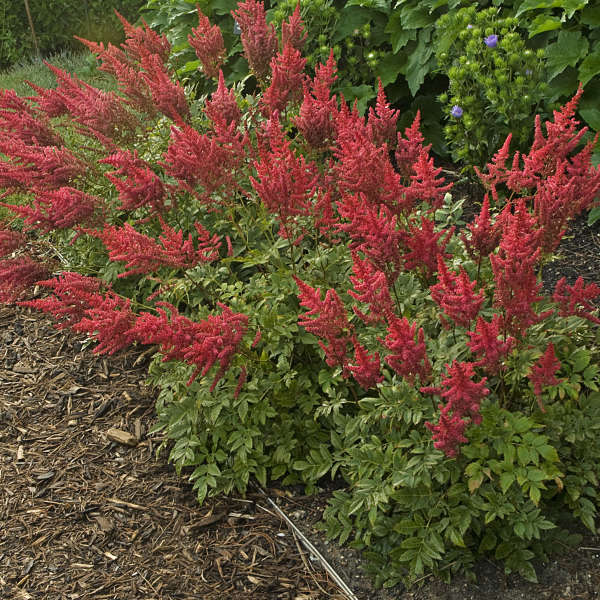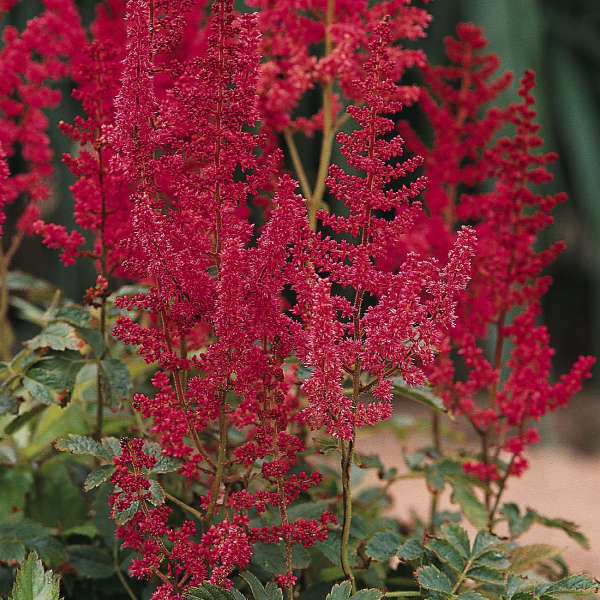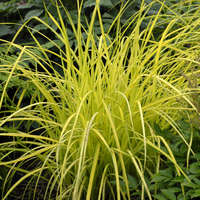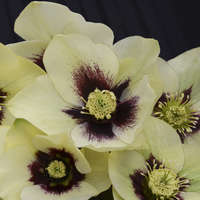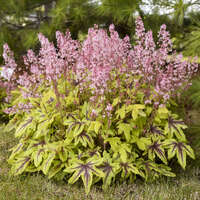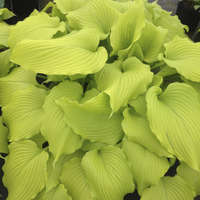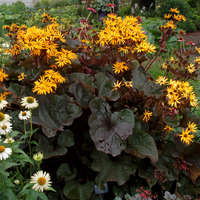Astilbe 'August Light' ('Augustleuchten')
Common Name: Hybrid Astilbe, False Spirea
One of the latest red Astilbes to bloom beginning in midsummer. Long, scarlet red, feathery plumes dance above the bushy clump of dissected, green foliage which emerges deep red in spring. Excellent cut flower. Arendsii group.
A member of Astilbe x arendsii (Hybrid Astilbe/False Spirea). A group of hybrids developed by famed German nurseryman George Arends. Includes crosses between A. chinensis var. davidii with A. astilboides, A. japonica, and A. thunbergii. The resulting hybrids comprise over 95% of all Astilbe sold in the USA.
